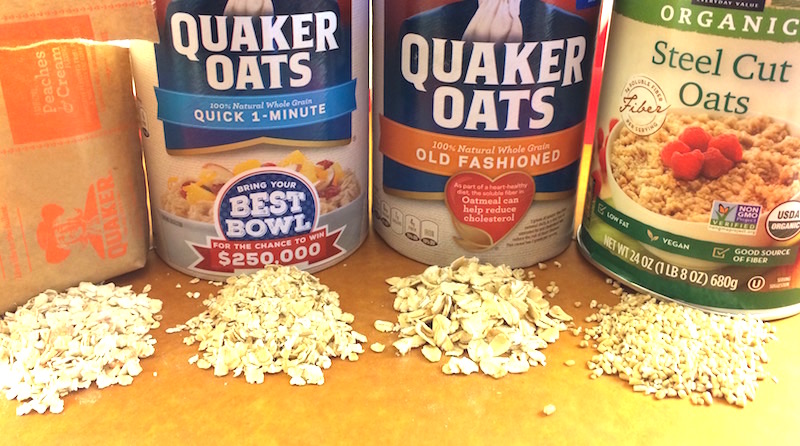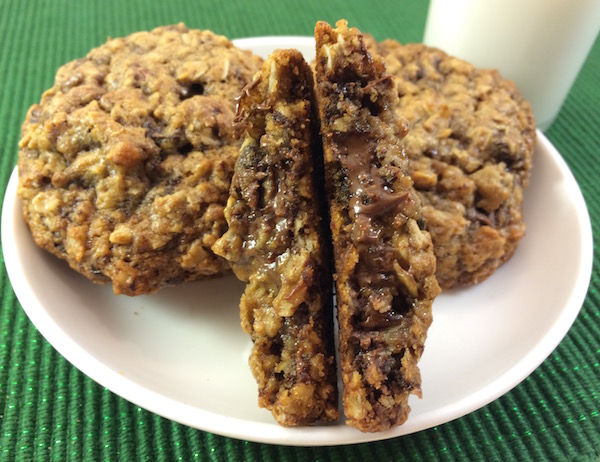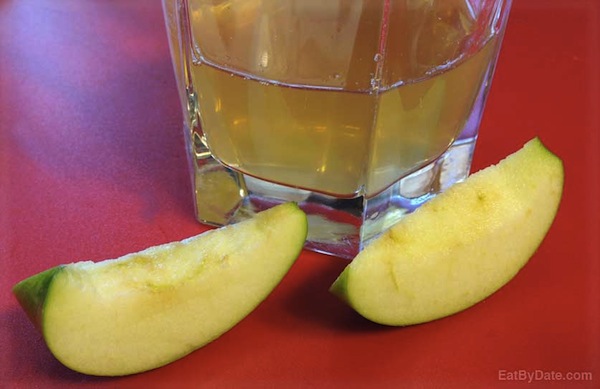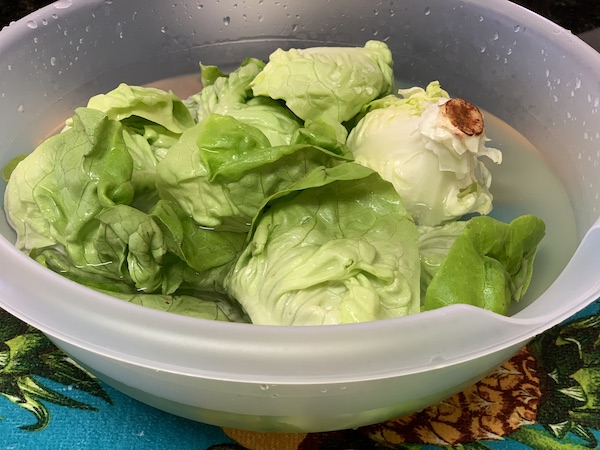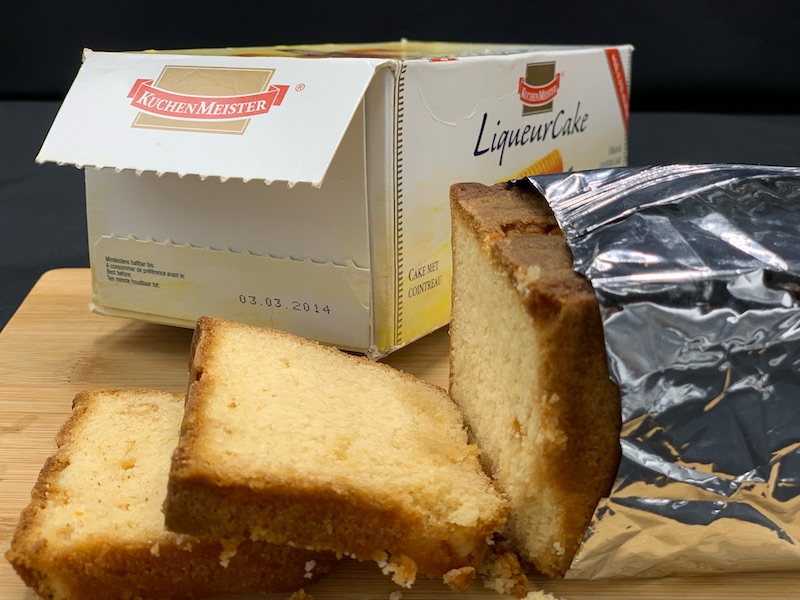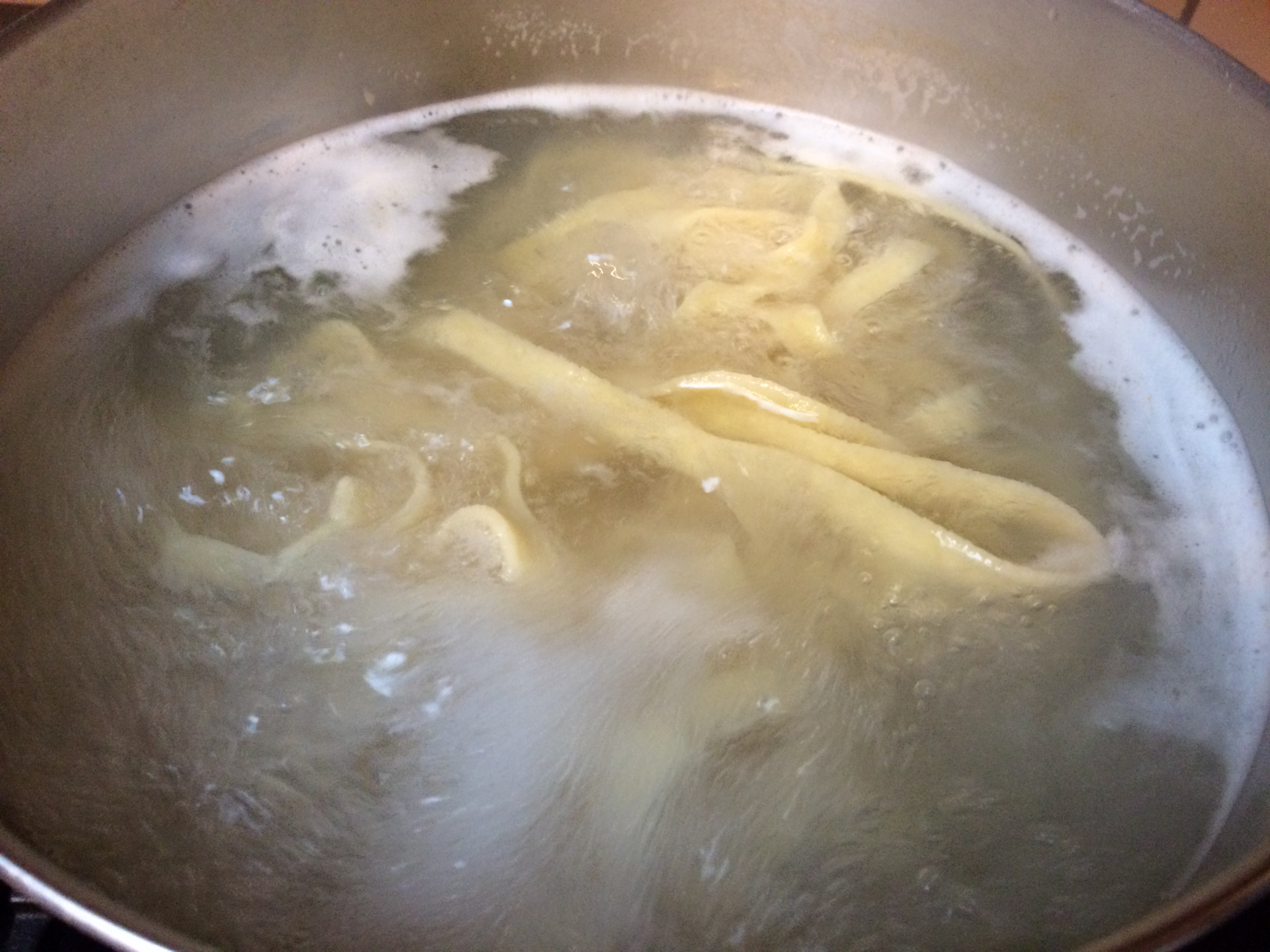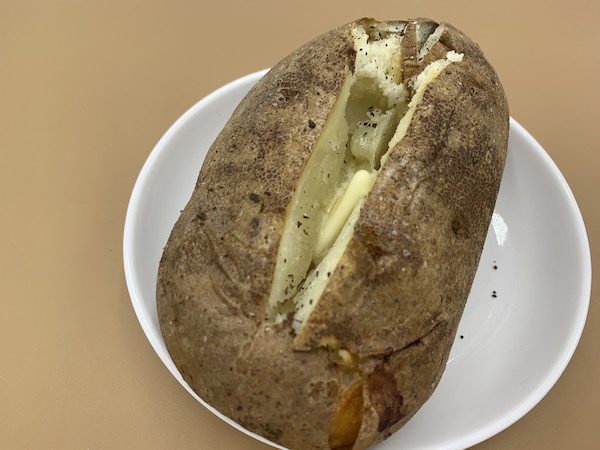Freezer Maintenance
Freezers these days are very low maintenance. Nevertheless, they should be checked a few times a year (think fall cleaning for now since we just celebrated the fall equinox and then again in the spring). Twice a year checks are recommended by most freezer manufacturers. Here’s what to look for in order to keep your freezer in tip top shape all year round.
Freezer Maintenance
Things to Check
Ideally, a freezer should be kept at or below 0°F (-18°C). If you’ve got a freezer thermometer, just keep it in there and check it once and awhile to be sure that it is within the ideal temperature range. The colder food is kept, the longer it will last.
This one is especially important for households with pets. Dust build-up on the condenser coils makes for an inefficient operation of the freezer. Condenser coils are located on the lower back of the freezer or in the front behind a grill type removable cover. Unplug the freezer/refrigerator first for safety and then use the vacuum attachment to vacuum any dust that has settled on the condenser coils.
If the seals (those strips of grey or white rubber around the door) are becoming worn, stretched or brittle then cold air may be escaping from the freezer. They can be checked by placing a piece of paper in the door while closing. If you can then pull the paper out of the door without resistance, then it may be time to replace the seals.
The rubber seals have creases that actually are pretty good at trapping tiny food particles. Take an old credit card and wrap it in a thin towel then dip it into soapy water before slipping it into the crease and running it along the length of the seal.
Everyone cleans the refrigerator once and awhile, but most people forget about the freezer. There’s no need to unplug the unit for this, it is actually a waste of energy to do so because it will have to work harder to get back to temperature afterwards. Simply move any food to a cooler and then begin with a sponge, dish soap and water just like the fridge. Then rinse and dry thoroughly before replacing the food.
Baking soda helps absorb odors in the freezer too. Coordinate replacing the box with cleaning the freezer.
Air circulation is important around the freezer/refrigerator. Three inches are recommended between the unit and the wall on both sides. At least an inch of space is required in the rear. Also, just like most all food products, keep the freezer out of direct sunlight and away from any other heat source such as the stove and the dishwasher.
Cold air needs to flow around the foods for optimal energy efficiency.
Freezer Maintenance
Additional Information
Some other posts related to this subject of freezer maintenance are safe thawing methods for frozen foods and the safety and concerns of refreezing foods.
Find freezer organizing tips here and find suggestions for keeping the fridge organized too with these tips.
For general information on keeping all foods safe in the kitchen, see our food safety tips.
Keep the shelf life of the contents in the fridge and freezer easily identified with this simple tip.
See our other posts for help with grocery shopping, menu planning and making your produce last longer.


